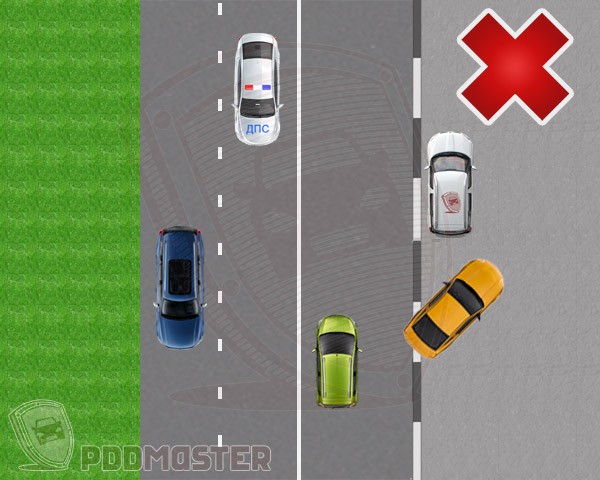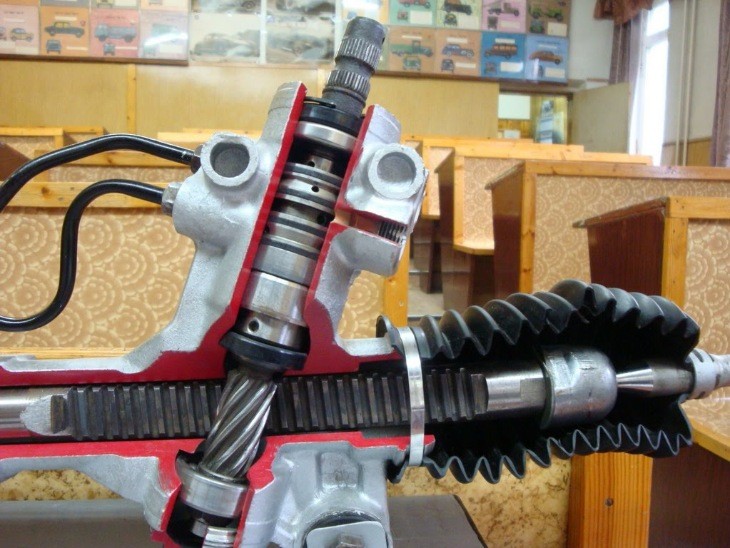
Connecticut parking laws and colored sidewalk markings
While there are certainly many rules and laws to keep in mind when you are driving and on the road in Connecticut, you should also be mindful of parking laws as well as sidewalk color markings to make sure you are not parking illegally. .
Colored pavement markings you need to know
Drivers in Connecticut need to be familiar with certain sidewalk markings and colors that will help them understand where they can and cannot park their vehicle. White or yellow diagonal stripes are used to indicate a fixed obstacle. Red or yellow curb markings may be fire safety lanes and may be considered no-parking areas by local authorities.
Laws may vary depending on where you are in the state, so you need to learn more about labeling, regulations, and penalties in your area so you can be sure you understand all the rules. However, there are some rules of thumb you should keep in mind about parking no matter where you are in the state.
Parking rules
Whenever you need to park your car, it's best to find a designated parking spot and use it if at all possible. If for any reason you need to park your car along the curb, make sure you keep your car as far away from the road as possible and away from traffic. If there is a curb, you must park within 12 inches of it - the closer the better.
There are a number of places in Connecticut where you won't be able to park. These include intersections, sidewalks and pedestrian crossings. If you are passing through a construction site and need to park, you cannot park your vehicle in a way that could disrupt the flow of traffic.
Drivers in Connecticut must ensure they are not parked within 25 feet of a stop sign or pedestrian safety zone. It is also illegal to park too close to a fire hydrant. You must be at least 10 feet away in Connecticut.
Drivers are not permitted to park in such a way that their vehicle blocks private or public driveways, lanes, private roads, or curbs that have been removed or lowered to facilitate sidewalk access. You cannot park on a bridge, overpass, underpass or tunnel. Never park on the wrong size street or park your car twice. Dual parking is when you park your car on the side of another car or truck that is already parked. This will block the traffic, or at least make it difficult for it to move properly.
You cannot park on railroad tracks or bike paths. You can only park in a handicapped space if you have a special sign or license plate.
Finally, make sure you pay attention to all signs along the road. They often indicate if you can park in a certain area.

